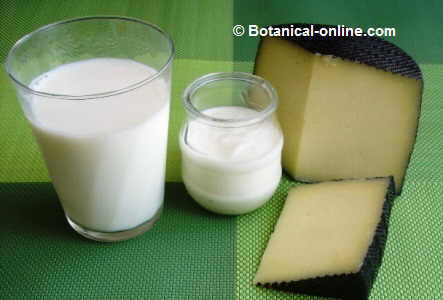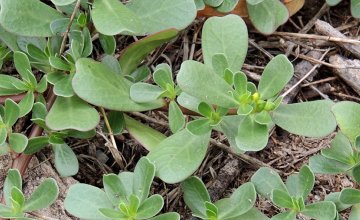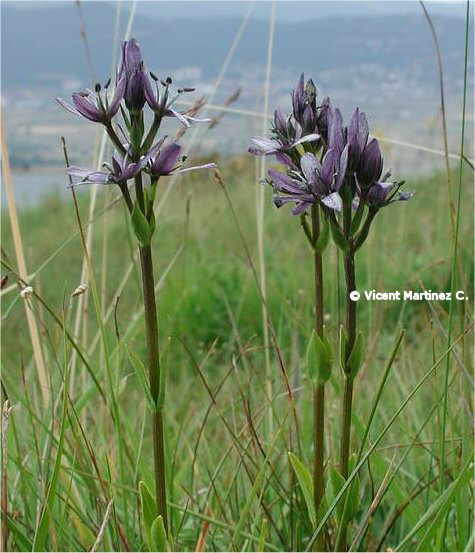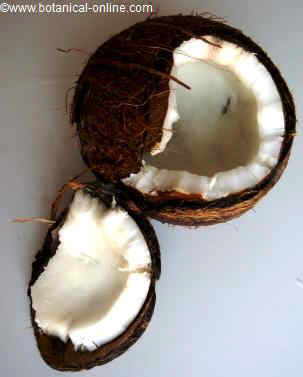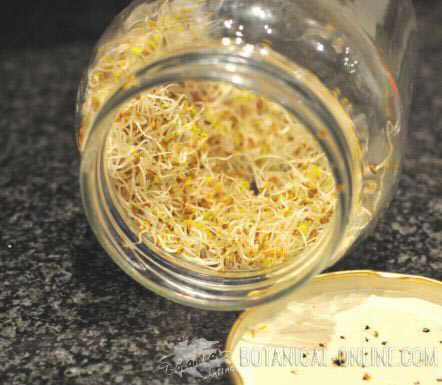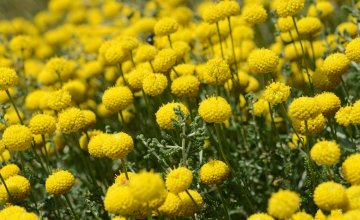Contents
¿What is a Roman chamomile plant?
Characteristics of chamomile, Roman chamomile or garden chamomile (Chamaemelum nobile)
Common name: Roman chamomile, garden chamomile, chamomile
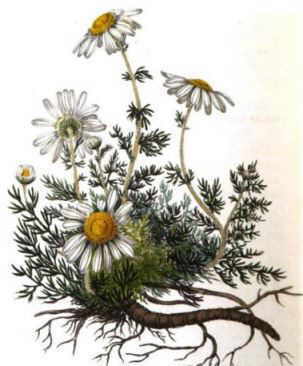
– Spanish: camomila o manzanilla romana, manzanilla del Moncayo, manzanilla fina, manzanilla de Maón, manzanilla oficinal…
Scientific name: Chamaemelum nobile (L.) All.
– Taxonomic synonym: Anthemis nobilis L.
Family: Composites, daisy family (Asteraceae)
Habitat. Where does chamomile grow?
Pastures, sandy soils, meadows, roadsides.
Chamomile distribution
It is found from Western Europe to North Africa.
Plant description
Perennial plant of the daisy family. Striated herbaceous stems 20 – 30cm. tall. Leaves alternate, with petiole.
The inflorescence is a disc floret or compound flower. This type of inflorescence is made up of dozens or hundreds of tiny flowers. It blooms from June to July.
The fruit is an achene of 1-2mm.
Parts of plants used
Dried flower heads are used for infusions, which should not be stored for more than 1 year.
What is the difference between German chamomile and Roman chamomile?
Roman chamomile differs from German chamomile because Roman chamomile is more creeping and its stems are not as branched. German chamomile usually exceeds half a meter in height, while Roman chamomile rarely exceeds 30 centimeters. It should also not be confused with cotton lavender.
Plant composition
- Essential oil (0.4 – 2%): Esters of angelic and tiglic acid (85%), alpha-bisabolol, cineole, chamazulene, farnesol, borneol, matricin, sesquiterpene lactones. (Matricin is converted to chamazulene during the distillation process to obtain the essential oil. Matricin is more anti-inflammatory than chamazulene, which means that if we want anti-inflammatory effects, the flower is more suitable than the essential oil).
- Active principle: nobilin (sesquiterpene of the germacranolic type)
- Anthemic acid (bitter principle that can be emetic), tiglic, ferulic, caffeic acid.
- Vitamin C, beta carotene
- Flavonoids: apigenin, luteolin, quercetin, rutin.
- Coumarins: scopoletin, umbelliferone, herniarin.
Uses of Roman chamomile
Among the applications of chamomile are:
- Flavoring: This herb is used to flavor foods and infusions and to add a touch of aroma to cosmetics and perfumes.
- As a medicinal plant
![]() More information on Roman chamomile
More information on Roman chamomile

